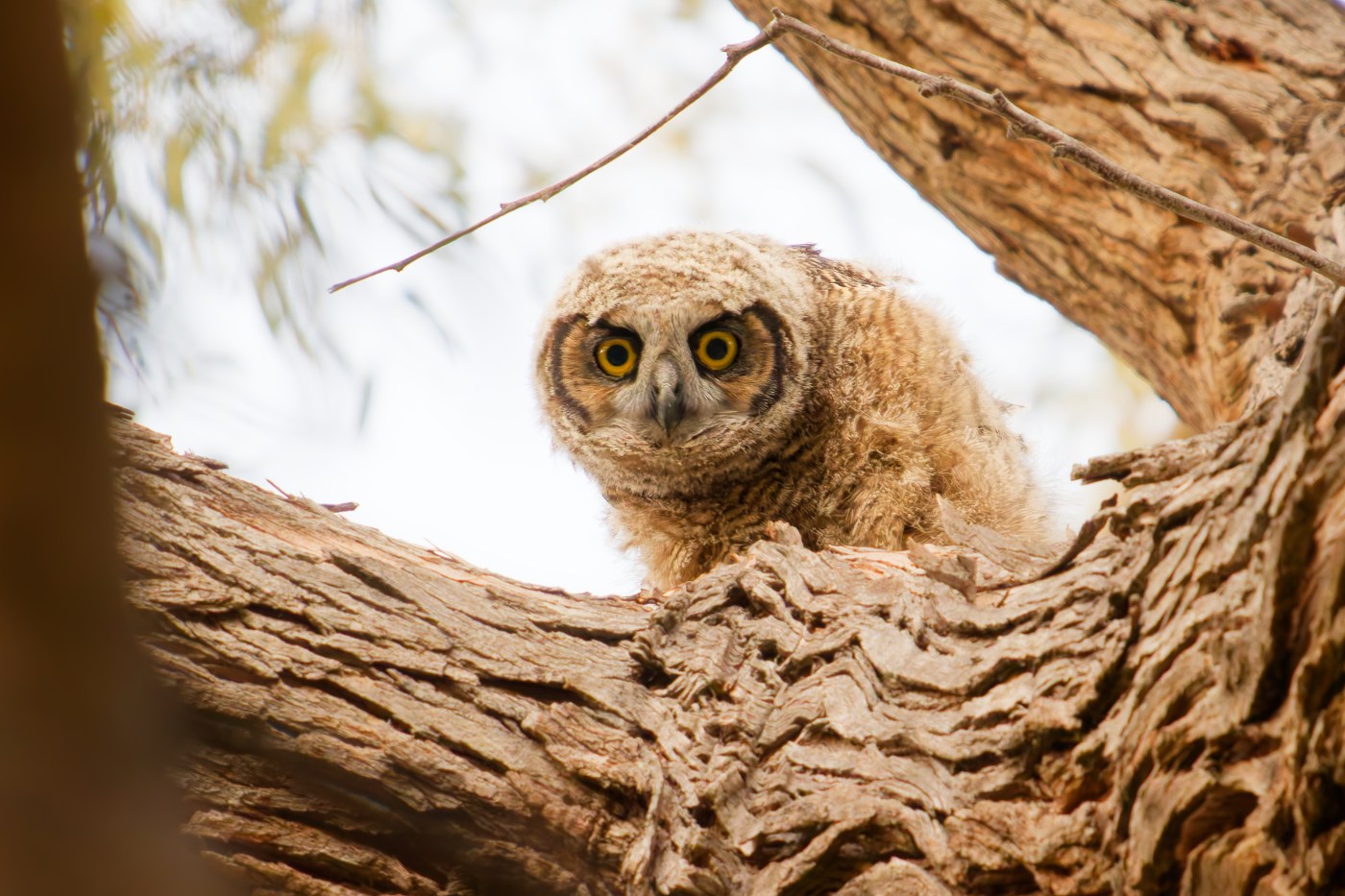
Two Los Gatos High School students are using their passions for photography and wildlife to form an organization to inform Silicon Valley residents about how to coexist with their wild animal neighbors.
Related Articles
A day in the life of a Bay Area bird-watcher: ‘It’s a movement’
Mountain lion spotted outside gate of East Bay residence
Locking jaws, naturally aggressive, most likely dogs to bite? Dispelling myths about ‘bully breeds’
Lizards not welcome in yard, but is that a mistake?
Why is that turkey rolling around in the dirt?
Arnav Singhal, 15, and Parham Pourahmad, 15, are aspiring researchers who lead the Silicon Valley Wildlife Group, which aims to monitor and educate Bay Area residents on local wildlife. The teens are working on registering the organization as a nonprofit, but they have already set up social media pages and a website to showcase their photography and research efforts.
“In the future, we want to expand our organization to actually do some of the things we wanted to do, partnering with different community organizations and expanding it into a nonprofit and making the public more educated,” Singhal said.
Ashley Kinney, the wildlife rehabilitation department manager for the Peninsula Humane Society and SPCA’s wildlife care facility in Saratoga, said that the Bay Area is full of different native species including songbirds, skunks, opossums, raccoons, coyotes, bobcats, mountain lions, tree and ground squirrels, salamanders, newts and tree frogs
The human impact on the environment and vice versa is well documented. Even the Town of Los Gatos asks builders to do any construction activities that involve tree or vegetation removal, demolition or ground disturbance outside of bird mating seasons in accordance with the Federal Migratory Bird Treaty Act and the California Department of Fish and Game code.
However, human encroachment in natural spaces has led to more wildlife sightings. For example, people leave out food specifically cats or birds that can attract more than just those animals.
Pourahmad and Singhal live within a 10-minute bike ride from Vasona Lake County Park. Pourahmad said he was always interested in wildlife, but his interest was brought home during the pandemic when he realized that he didn’t have to travel to Alaska or distant countries to see different animals; he could find them at home.
Five years ago, he got into photography. He brought Singhal into the fray last year, and they both started taking pictures of the hawks, owls, bobcats, coyotes, deer and other animals close to their house.
“Wildlife photography, rather than the other fields of photography, seemed more exciting,” Singhal said. “It felt fun to find different things than to see a tree standing still. And on top of that, you can go into your backyard and see so many types of wildlife and photograph them in different ways.”
The boys grew their interest in wildlife and started tracking the movements of some animals. Their current project involves a map of coyote sightings. As they tracked sightings of coyotes throughout the South Bay, they said they found the most in Los Gatos, largely because of Nextdoor posts near where they live. Singhal said they are tracking four territories in Los Gatos. Each territory has between two to six coyotes and one mating pair that has pups every spring.
Kinney advised people to remain aware of their surroundings but not fearful, as many animals are usually more afraid of humans than the reverse. However, she said that humans should aim for coexistence with animals and not engage in behaviors that will make them dependent on humans.
Since the wildlife care facility opened in Saratoga in March, Kinney said they are caring for around 350 animals brought in by members of the public. She added that these animals are frequently injured after being hit by cars, entangled in fishing line, caught in glue traps or exposed to toxins; she’s also seen birds that collided with windows or animals that have been attacked by domestic dogs and cats.
“When people do call with nuisance questions or see wildlife in their backyards, sometimes they’re a little nervous, but we always make sure the fear is gone, and we just want to respect the animals in our environment, not necessarily be afraid of them,” Kinney said.
Residents who have questions about injured or disruptive animals can visit the Peninsula Humane Society website at https://phs-spca.org/ or call their main line at 650-340-7022 and follow the prompts for wildlife.